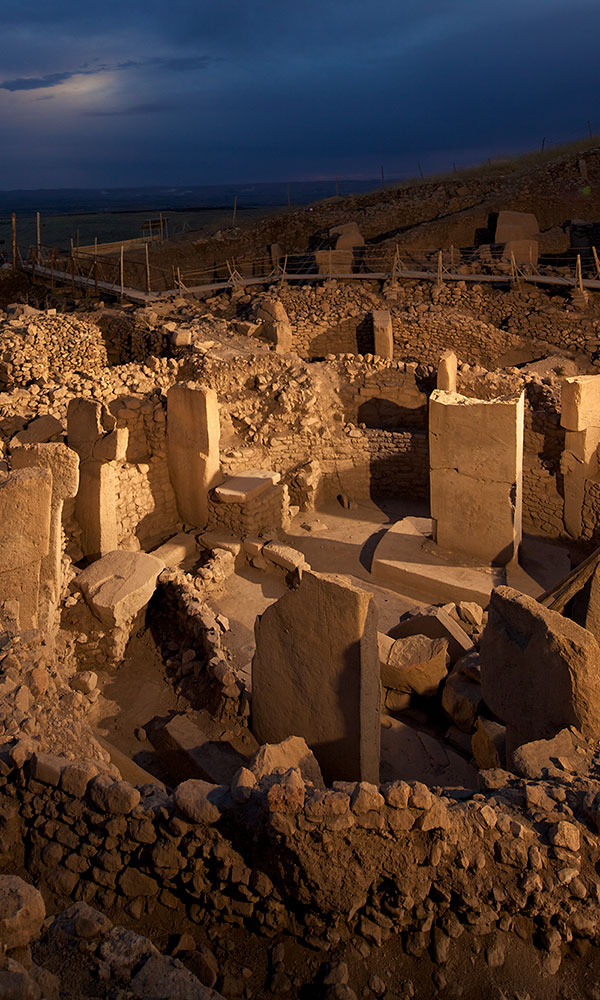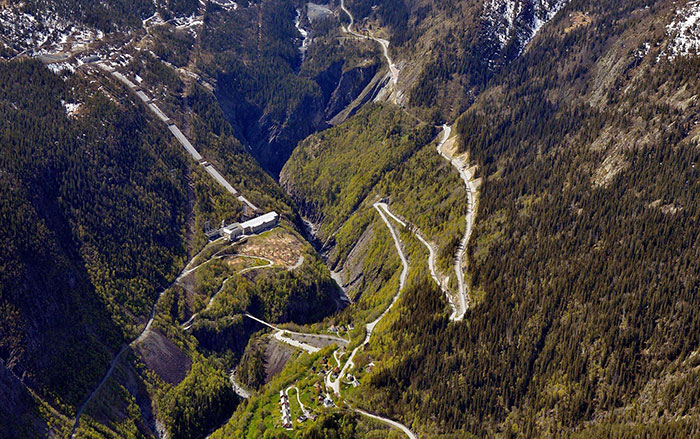
ITHACA, NEW YORK—Science News reports that bioarchaeologist Matthew Velasco of Cornell University examined the 600-year-old skulls of 211 members of Peru’s Collagua ethnic community, and found that intentional head-shaping of the young may have helped to bind together powerful elites. High-ranking elites are thought to have been buried in structures built against a cliff face, while non-elites were buried in caves and under rocky overhangs. Some of the bones and sediments were radiocarbon dated, so that Velasco could track how skull shapes changed over time. He found that about three-quarters of the 114 elite skulls dating to the late pre-Inca period, between A.D. 1300 and 1450, had been modified, and more than 60 percent of the modified skulls had been elongated. Velasco thinks the elongated style may have been preferred by elites, and speculates that their unity may have helped the Collaguas negotiate a peaceful integration into the Inca Empire. For more, go to “Letter From Peru: Connecting Two Realms.”











